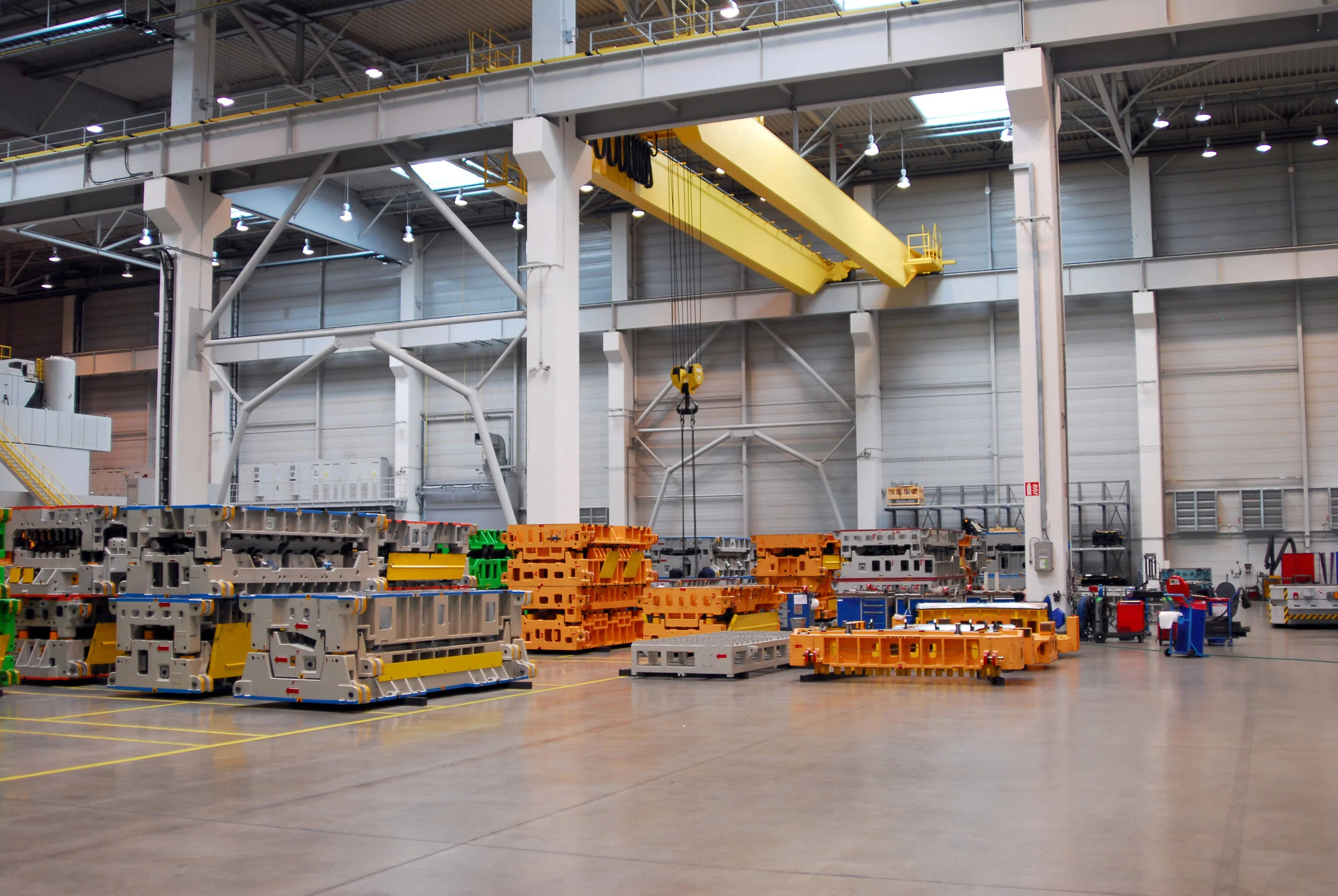Semantic Segmentation
Detecting obstacles is the first step in avoiding them. However, knowing the location and the rough size of an object is often not sufficient. Rather, we require an exact knowledge of its shape and boundaries. For example, if a robot described an archway with a bounding box, it would not be able to find the passable area. A segmentation would be able to distinguish between passable and impassable regions.
INTRODUCTION
What, where and how big?
Image segmentation is defined as the task of partitioning an image into distinct groups of pixels. Often, we want these groups of pixels to be "meaningful" for being able to represent concepts in our world. The term Semantic Segmentation requires that these groups represent humanly interpretable objects and regions, e.g. furniture, floor, walls, people, cars, doors or other relevant objects for Path Planning algorithms to navigate unstructured environments.
We at GESTALT robotics train and deploy segmentation models to enable robots to interpret their environment. The models can distinguish a variety of objects and materials. Feel free to contact us in order to discuss your use case.
We segment obstacles in industrial environments to enable path planning
TECHNOLOGICAL OUTLINE
Traditional Methods vs Deep Learning
Traditional approaches attempt to solve the segmentation task by grouping pixels of similar color intensities or identifying areas surrounded by edges. In addition, the shape could be incorporated. In contrast, the semantics or meaning of the target is not considered. While such approaches were sufficient for detecting static objects e.g. in medical images where it can be guaranteed that bones are viewed from a fixed perspective, images from autonomous robots pose a challenge due to a high variety of object appearances. Often, the targets are captured from different perspectives.
Recently, deep learning has overcome these limitations. Thus, it was just a question of time until Deep Learning based algorithms started to beat traditional methods in Semantic Segmentation. Similar to object detection, the algorithms basically apply a trained deep classifier on each pixel region to determine its semantics.
Class Imbalance
Even more present than in classification problems, class imbalance is a huge challenge. Class imbalance means that there are more data samples of a particular object than of another. For instance, a training dataset could contain twice the amount of dog images in comparison to cat images. In consequence, the trained algorithm becomes biased, more often choosing the class label "dog". As each pixel in an image is a data sample in segmentation, smaller objects can lead to massive imbalance often by factor 10 or 100! We apply a variety of additional techniques in order to ensure that the model does not only choose the major label for the whole image.
In this exemplary case, pixels representing humans (highlighted in turquoise) only make up a tiny fraction of the whole image
APPLICATIONS & USE CASES
Autonomous Driving & Automated Guided Vehicles (AGVs)
Semantic Segmentation is a vital prerequisite for the avoidance of obstacles and pedestrians. Segmentations combined with 3D images produce detailed object boundaries in 3D. Subsequent Path Planning algorithms can then generate a motion trajectory to avoid collisions.
On-demand pick & delivery with mobile robot systems
Building Infrastructure Modelling (BIM)
In Building Infrastructure Modelling, we create a virtual 3D model of a building including its semantic regions. Such model can then be used to quickly calculate statistics, such as areas, number of doors or windows. 3D reconstruction systems provide highly detailed geometry. However, after scanning, tedious post-processing steps are required to "cut out" the objects of interest. Semantic segmentation helps automating this task.
The combination of Semantic Segmentation and Asset Detection is the core service of our AI-Powered Environment Understanding for Autonomous Vehicle Systems in Industrial Settings.
CONCLUSION
Semantic Segmentation is a vital step in interpreting the environment. In addition to pure geometry, a segmentation adds a humanly understandable representation of the data. Its application areas lie specifically in cases where the knowledge of exact boundaries is mandatory. Get in touch with us to discuss your use case and how it can benefit from semantic segmentation and further processing. You can contact us under info@gestalt-robotics.com or give us a call at +49 30 616 515 60 – we would love to hear from you.





